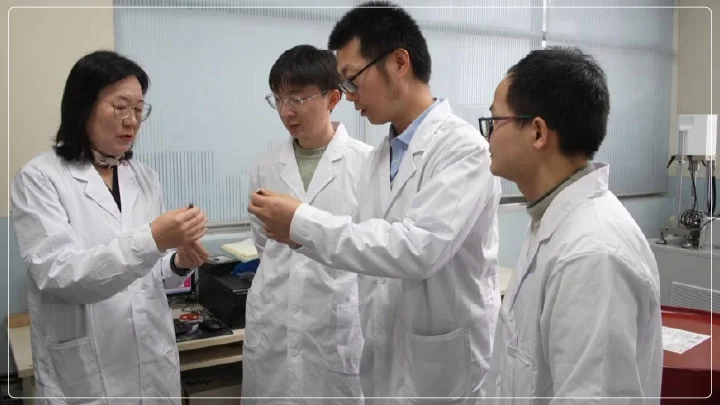April 2025
A fatigue-resistant stainless-steel alloy has been developed by researchers at the Chinese Academy of Sciences which combines high strength, excellent plasticity, and structural stability. They twisted conventional 304-austenitic stainless steel and as was said-resembling the wringing of a towel and made a super-strong material that doubles its yield strength and enhances the resistance to metal fatigue by up to 10,000 times. This innovative work can enormously benefit aerospace engineering and high-performance industrial components. The study was published in Science.

A new alloy has been made by materials scientists, which achieves high strength and good ductility in metals in the presence of stability over the long term. The team puts in the material a gradient dislocation structure (GDS) by cyclic mechanical twisting, forming ultra-fine, three-dimensional "anti-crash walls" at a microscopic level. These structures internally act like springs diminishing the influence of pressure on the specimen in its resisting function against deformation or breakage. Every new influence under pressure strengthens the GDS steel making finer anti-crash walls under that influence, and better resilience is formed under progressively higher stresses caused by long-term operation. The newly made alloy loses nearly completely cyclic creep, the most common and deathly phenomenon of failure to be found in high-temperature or high-pressure environments. Microfracture applications of traditional materials can suddenly fail catastrophically, while GDS steel withstood cyclic creep amounts far higher than current alloys using maximum strength.
A fatigue-free new alloy has been developed for aerospace that has made it possible to enhance the life of aircraft components and to improve the durability of subsea oil and gas pipelines. The whole process does not require too much investment and is merely dependent on mechanical twisting; therefore, it can be implemented into strengthening other metals of engineering; thus it will revolutionize materials applied in bridges, nuclear reactors, automotive manufacturing, and defense technologies. The basis of this innovation lies in the understanding of the internal skeleton of steel, which plays an important role in the distribution of stress.
Lu's group, world leaders in nanostructured metallic materials, has published in Science many times starting in 2018. The works indicate a growing Chinese presence in materials science and engineering, which are key areas for commercial and strategic technological advancement. In times of now increased competition, materials such as GDS steel could provide a strategic advantage in hypersonics, commercial space travel, and advanced manufacturing.
The future processing method in metallurgical engineering will change the entire design and longevity associated with components at mission-critical levels; it will overcome the "impossible triangle" and be relevant to metal types. This may herald an era of high-strength-fatigue-safe materials across industries globally. As the research receives traction and validation, the commercial adoption too may start. Such a new development in the metallurgical engineering field is a clear example of what innovative thinking with basic materials would do: it will in the end open new horizons for safer, resilient infrastructures in sectors such as aerospace and energy.
April 2025
April 2025
April 2025
April 2025